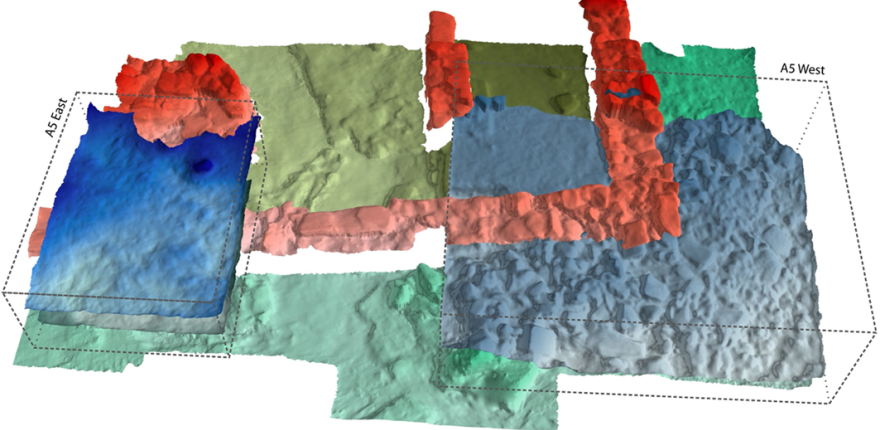Department of Archaeology
Courtyard Building
Downing Street
Cambridge CB2 3ER
Department of Archaeology

Computational archaeology refers to a broad range of methodological and theoretical aspects concerning the use and the development of computer-based analytical methods for the study of the archaeological record and the human past. Early applications of these computational techniques dates back to the late 70s, and since then the field has changed its status from a fringe field to a major player in the archaeological discourse, with dedicated international conferences such as the CAA and several academic journals publishing the most recent outputs of the field. Computational archaeology sits at the core of archaeological sciences, bridging big questions to chemical, genetic, biological, and geographic data by means of statistical analysis.
The Computational and Digital Archaeology Laboratory (CDAL, /ˈsiːˌdɑːl/) brings together researchers at the doctoral, post-doctoral and faculty levels that are committed to this endeavour in the University of Cambridge. Members are experts of a variety of computational and digital methods, including GIS, agent-based simulation, network analysis, spatial statistics, remote-sensing, and digital support for fieldwork tasks. Current research spans from the detection of archaeological sites by means of remote-sensing analysis in Central Asia, to the modelling of ancient routes and the computer simulation of cultural transmission of pottery decorative styles.
The laboratory hosts a variety of meetings, including a journal club where cutting-edge papers are discussed fortnightly, a bootcamp where expert members will showcase details of specific computational techniques, and a seminar series with international speakers presenting their latest research.